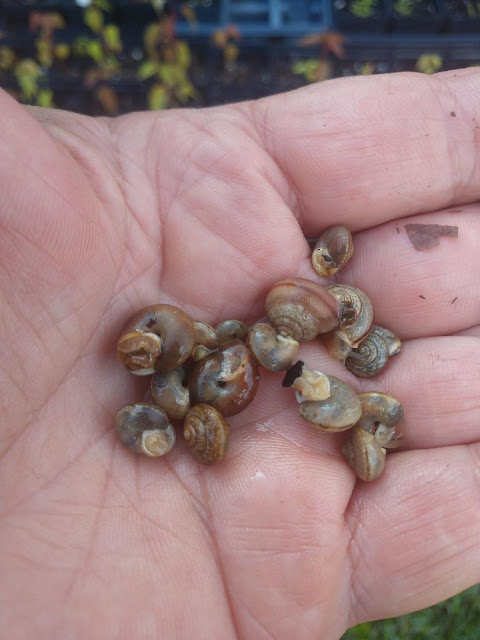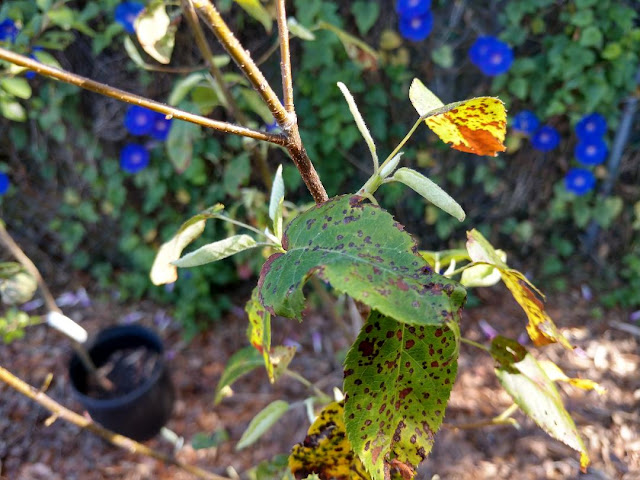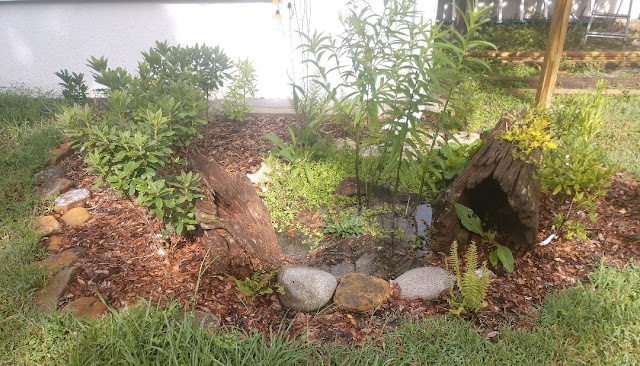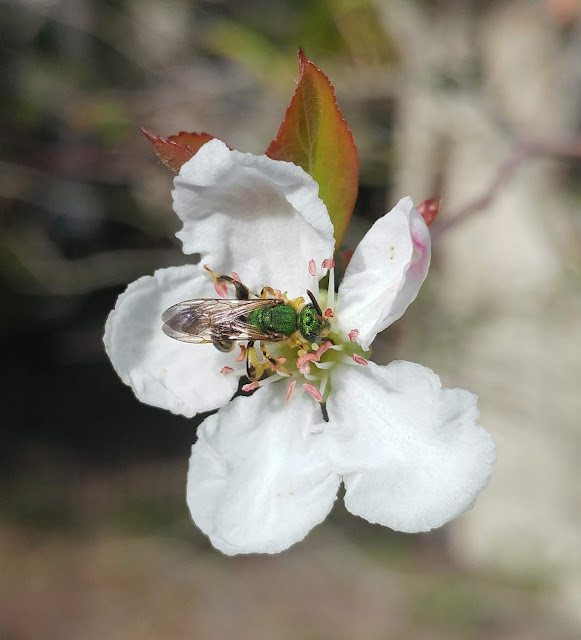New Life
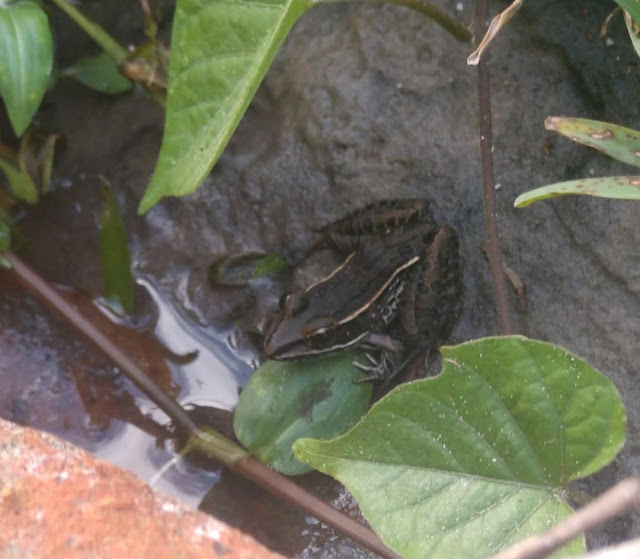
Leopard frogs have found my artificial pond Soon after I moved into this new house, I wrote about the wetlands I created. The larger one uses a pond liner and is designed to have saturated soil, but no standing water. The smaller one consists of a large clay pot set inside a black-plastic pool. This artificial wetland stays wet by wicking up water from the swimming pool and the swimming pool holds water when the rains are regular and dries up when they are not. A wetland like this can be a nuisance if water stands in the swimming pool for more than 3 days in a row because it will allow mosquitoes to breed. There is no reason in the world to encourage mosquitoes even though a few other living creatures might feed on them. No living thing, to my knowledge at least, requires mosquitoes to survive and mosquitoes harbor some of the most deadly diseases known to humankind. I use a "mosquito dunk" to eliminate the mosquito breeding when the pot holds water for more than 3 days
